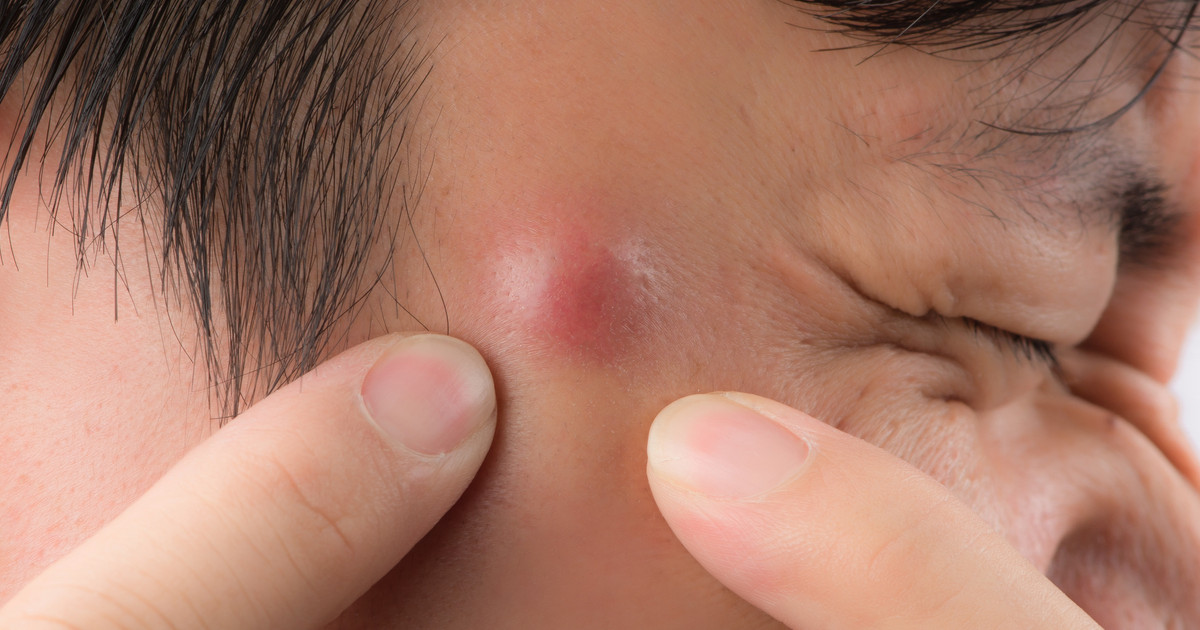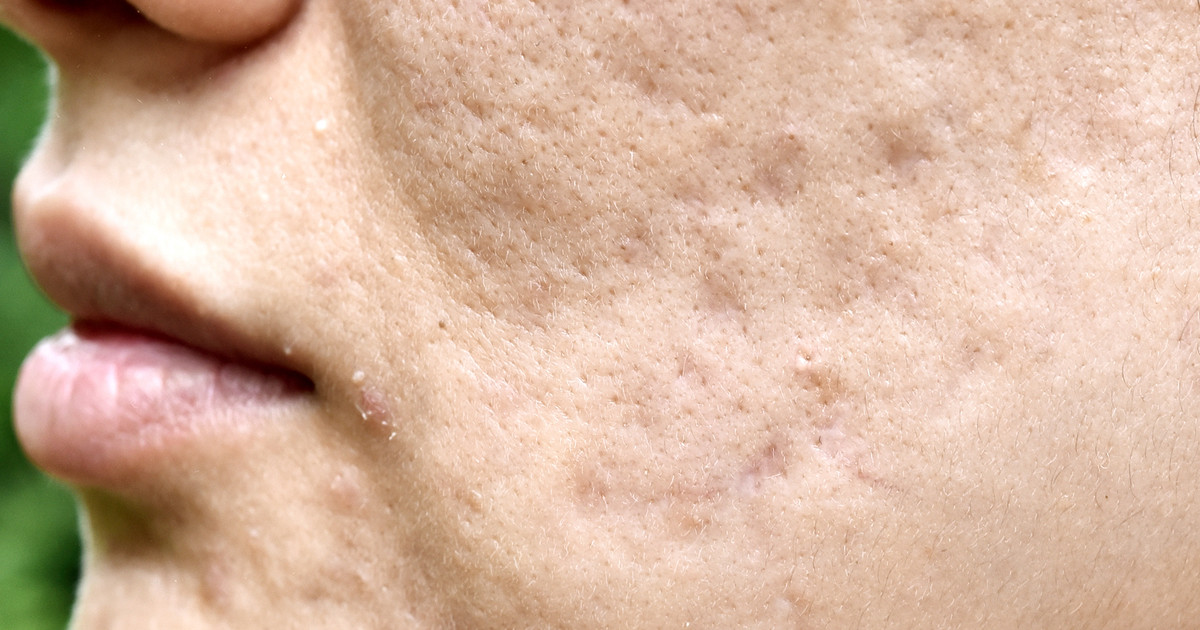What Are The Different Types Of Acne?
Acne Fulminans

Acne fulminans is a severe form of a type of cystic acne known as acne conglobata. It occurs almost exclusively in adolescent males between thirteen and twenty-two years old. Doctors believe some individuals may have a genetic predisposition that makes them more likely to develop this condition, and acne fulminans has also been associated with autoimmune diseases and with elevated androgen levels. Patients with acne fulminans often have severe acne scarring, and severe acne nodules and cysts are generally present on the chest and back. This condition causes a raised white blood cell count, and patients could have polyarthritis, joint pain, intermittent fever, and malaise as well. To diagnose this type of acne, doctors start by performing a physical examination. Blood and urine tests are required to check for markers of this condition, including anemia, increased sedimentation of red blood cells and protein in the urine. Some patients may be asked to have bone scans. Topical acne medicines are ineffective for acne fulminans. Instead, doctors may prescribe corticosteroids, dapsone, ciclosporin, isotretinoin, or infliximab. Most individuals with this condition need to take a combination of several medications.
Continue reading to learn more about the types of acne and acne conditions now.
Acne Scarring

Although acne scarring could occur with any type of acne, it tends to be most severe in cases of nodular acne. This type of acne causes cysts or lumps to form underneath the skin. Acne scars might be deep and narrow, and they could also create a gradual dip or depression in the skin. Scars that cause a skin depression or dip are known as rolling scars. For mild scars, dermatologists often start by recommending at-home treatments, including topical retinoids and salicylic acid treatments. Chemical peels and microdermabrasion can be performed at the dermatologist's office. These treatments could completely remove surface scars, and they might make deeper scars much less noticeable. For severe scarring, doctors can inject fillers into the skin, and laser resurfacing might be considered as well. Punch excision and subcision are minor surgical procedures that might be advised for individuals with significant acne scarring.
